Kitchen renovation has power to change your whole home. Maybe you are updating fixtures that are outdated. Or maybe you are reimagining space altogether. Whatever it is, the possibilities are endless. To ensure you receive most from investment, focus on every detail. From cabinetry to flooring, no element is too small. Here we’ll guide you through expert advice. You can make kitchen renovation smooth. You can make it efficient. You can make it impactful.
We embark on a Kitchen Renovation. Steps that are Essential.
Keeping in line with the enhancement of kitchen spaces, it’s time to plunge into the core of the process. We need to have a clear, well-organized plan for our kitchen renovation. This is absolutely necessary before actual physical work can commence.
The defining of key aspects of the project is where one should start. The project’s key aspects are the budget, the design preferences and the must-have features. Even if you have them in your mind it is still good to document. This ensures you have your thoughts clear.

1. Define a Realistic Budget
The formation of a comprehensive budget is vital. It’s essential for the purpose of keeping the costs in control during the kitchen renovation.
- Do some research. You should gather quotes for materials labor and design services in your area. Generally speaking, a kitchen renovation can have a wide range of costs. This range can be from a few thousand dollars to tens of thousands. The cost usually depends on the scope of the project.
- Account for potential unexpected expenses. You could encounter surprises. Some of these surprises could be outdated plumbing or structural issues. Allocate 10-20% of your budget for contingencies.
- Prioritize some key elements. Ensure that you focus your budget on the areas of the renovation that offer the most value. These areas include countertops, appliances and cabinetry.
2. Make the Choice of a Kitchen Layout
When you’re in process of renovating a kitchen, a momentous choice is the kitchen layout. A layout should optimize function and reflect your personal style. It should enhance your routine and satisfy your needs. There are a variety of layouts to choose from.
- For small spaces, consider a galley kitchen. This design features back-to-back counters. It’s a space-saving solution.
- If you have an open-plan home, an L-shaped kitchen could be perfect. It efficiently uses corner spaces. It also offers enough room for an island.
- An efficient option for a larger area is a U-shaped kitchen. This layout provides the maximum amount of counter space. It’s perfect for those who require seamless prep space.
- Island kitchen is perfect for sociable kitchens. It is also suitable for those in need of extra storage. The design includes an unattached unit placed in the middle. The ideal kitchen layout is dependent on your needs and the size of your space.
3. Decide on Materials and Finishes
The choices made on materials and finishes determine mood of kitchen remodeling. Durable quality materials establish longevity. Finishes add unique touch.
- Countertops: Materials range from luxurious granite to practical laminate. Durability and maintenance vary for each choice.
- Cabinetry: Main decisions for cabinetry are stock semi-custom or custom. Hardware finishes include brushed nickel and brass. Also stainless steel.
- Flooring: Flooring options include hardwood tile and vinyl. Consider foot traffic especially in kitchen remodeling.
Key Upgrades to Maximize Your Kitchen Renovation
When harnessing specific upgrades your kitchen renovation can boost functionality and style.

1. Elevate with New Appliances
Modern and energy-efficient appliances form an essential part of any kitchen renovation. These appliances provide convenience. They also save energy bills.
- Energy efficiency is essential. Seek appliances with ENERGY STAR ratings. This will reduce your home’s carbon footprint.
- Smart appliances are an option. You can integrate technology. Options include Wi-Fi enabled refrigerators. Ovens and dishwashers are also part of it.
- Choose stainless steel. It’s a timeless finish. It blends smoothly with most design styles. And it is easy to maintain.
2. Take Action – New Lighting
Lighting holds a vital place in the making of a functional and inviting kitchen.
- Task lighting is important. You can install under-cabinet lighting for illuminating workspaces. These include countertops and sinks.
- Ambient lighting is next. Overhead fixtures offer general light for entire room.
- Pendant lights can serve as accent lighting. You could also opt for chandeliers. They can highlight specific areas. The kitchen island is a prime example.
3. Embrace Solutions for Storage
Storage often poses a significant challenge in a kitchen renovation. The goal is to maximize space while maintaining style.
- Pull-out cabinets are an option. They provide easy access to an array of items. These include pots, pans, and pantry goods.
- Corner cabinets with lazy Susans are always helpful. They let you utilize corner space that would otherwise go to waste.
- Open shelving is another great way to add accessible storage. It can also help showcase decorative items.
Choose Right Flooring for Kitchen Renovation
Flooring in kitchen renovation should possess functional and stylish characteristics. The right choice can enrich entire look of room. It will also ensure it resists daily use.

1. Think about Durability
Kitchen floor will undergo heavy foot traffic spills and heat. Durability is thus indispensable.
- Tile flooring offers two options – porcelain or ceramic. Both boast high durability and water-resistance. They also come in varied styles.
- Opt for hardwood. It provides warmth and elegance. However, it demands more maintenance. To prevent moisture damage it requires regular upkeep.
- Consider vinyl flooring. It is budget-friendly and soft underfoot. Additionally it simultaneously offers the appearance of tile or wood. Its installation process is easier.
2. Assess Maintenance Needs
Long-term satisfaction is tied to choosing a floor fitting your maintenance preferences.
- Tiles generally prove easy to clean. However grout lines may necessitate periodic scrubbing.
- Hardwood is another excellent option. Yet, it requires regular sealing. This is to avert scratches and moisture damage.
- Vinyl is also a good choice. It’s low maintenance. Regular sweeping and mopping will keep it clean.
3. Focus on Aesthetic Appeal
Flooring should suit overall design of your kitchen and nearby spaces.
- Patterned tiles work well in modern eclectic kitchens.
- Wide plank wood can evoke a rustic or farmhouse feel. It marries well with shaker-style cabinets.
- Stone-look vinyl brings a sense of luxury. It does without the high price tag or hefty maintenance.
Incorporating Eco-Friendly Elements in Kitchen Renovation
Sustainability increasingly important in kitchen projects of the modern era. Abundance of eco-friendly options available. You can consider these without letting go of style or function.
1. Opt for Sustainable Materials
Eco-friendly materials choice can reduce your environmental footprint. Suitable for kitchen renovation.
- Bamboo flooring is ideal. It is a sustainable alternative to hardwood. It is durable and stylish.
- Recycled countertops are also an option. Look for countertops made from recycled materials. These can be glass, paper or aluminum.
- Don’t forget about salvaged wood cabinets. Use old wood to make beautiful, rustic cabinetry.
2. Install Energy-Efficient Fixtures
Energy-efficient fixtures promote resource conservation. They help reduce utility bill.
- Low-flow faucets are useful. Water consumption is reduced. Water pressure isn’t sacrificed.
- Consider LED lighting. These lights are power efficient. Use LED bulbs for lighting. They last longer. And they use less electricity than incandescent bulbs.
- Energy-saving appliances are crucial. They are ENERGY STAR-rated. These appliances can greatly lower energy consumption.
3. Utilize Non-Toxic Paint and Finishes
A common oversight is found in many traditional paints and finishes. They possess harmful VOCs. VOCs are volatile organic compounds. VOCs have the potential to impact air quality.
- Go with paint that is Low-VOC. This paint ensures better air quality. Especially in spaces that are confined such as kitchens.
- Friendly-to-environment sealants are another option. It’s a good idea to opt for water-based finishes. These should be free of hazardous chemicals.
- Natural wood treatments can be a good alternative. Use beeswax or natural oils. These seal wood instead of products that are chemical-based.
For further details on sustainable materials and eco-friendly renovation, visit US Green Building Council to explore additional resources on sustainable building practices.

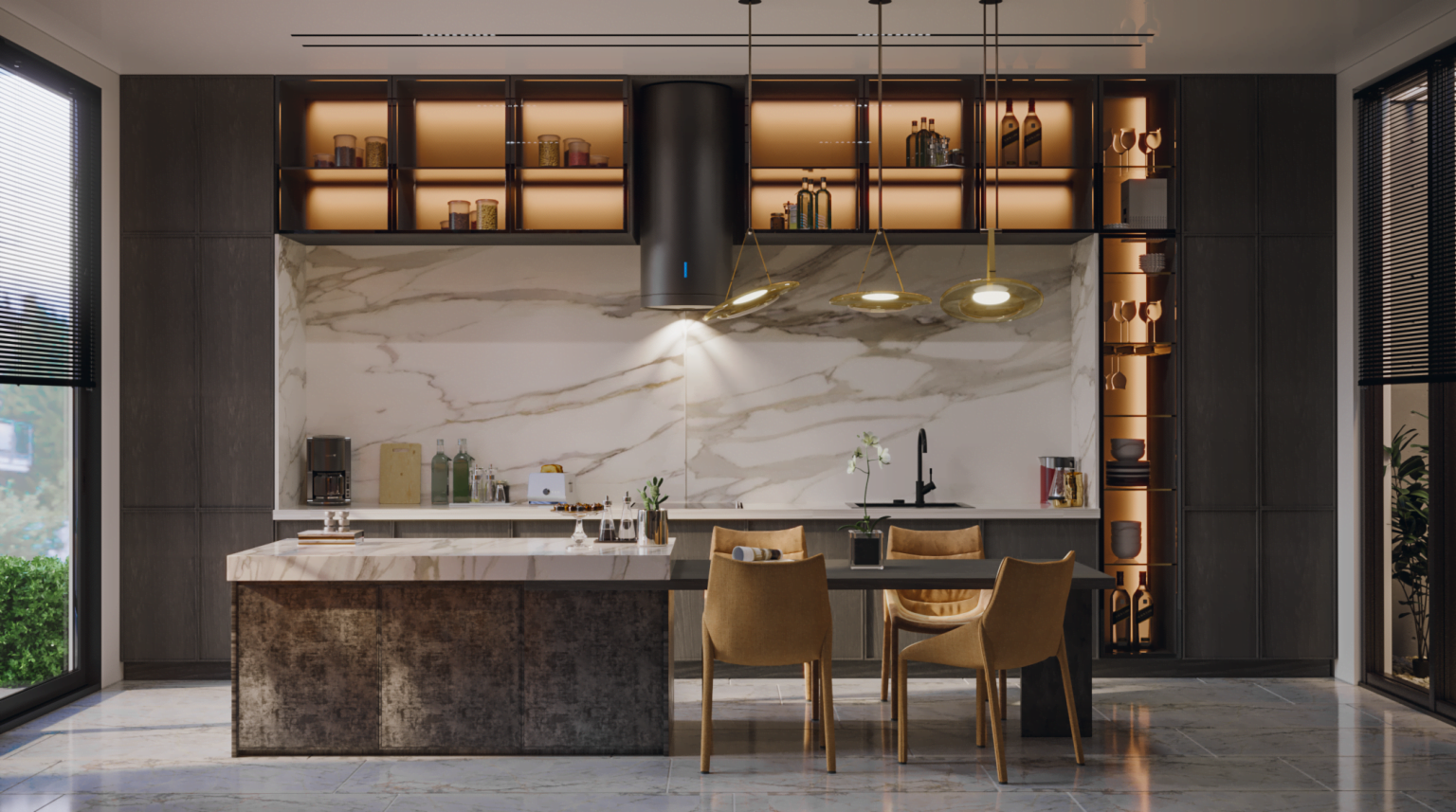

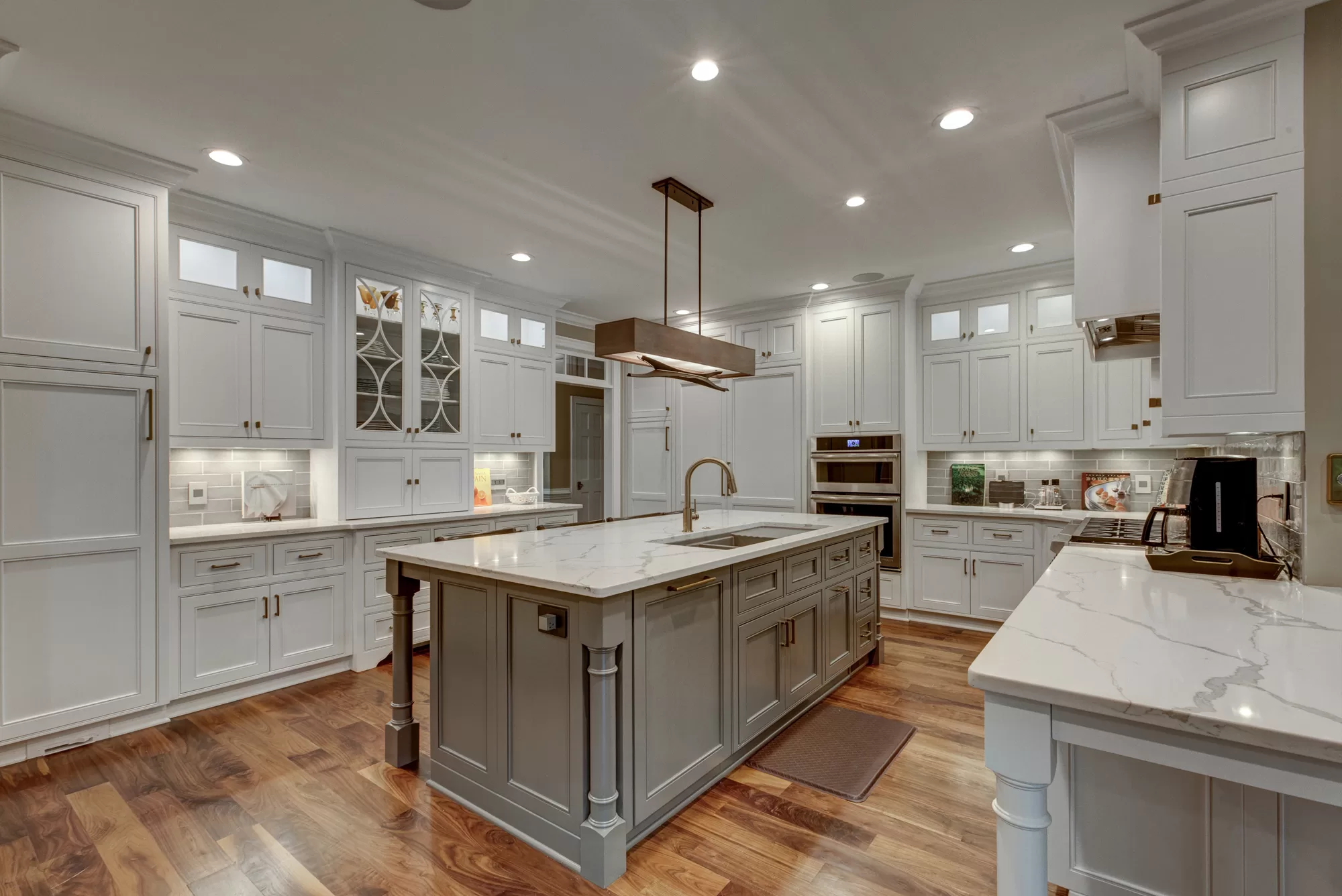
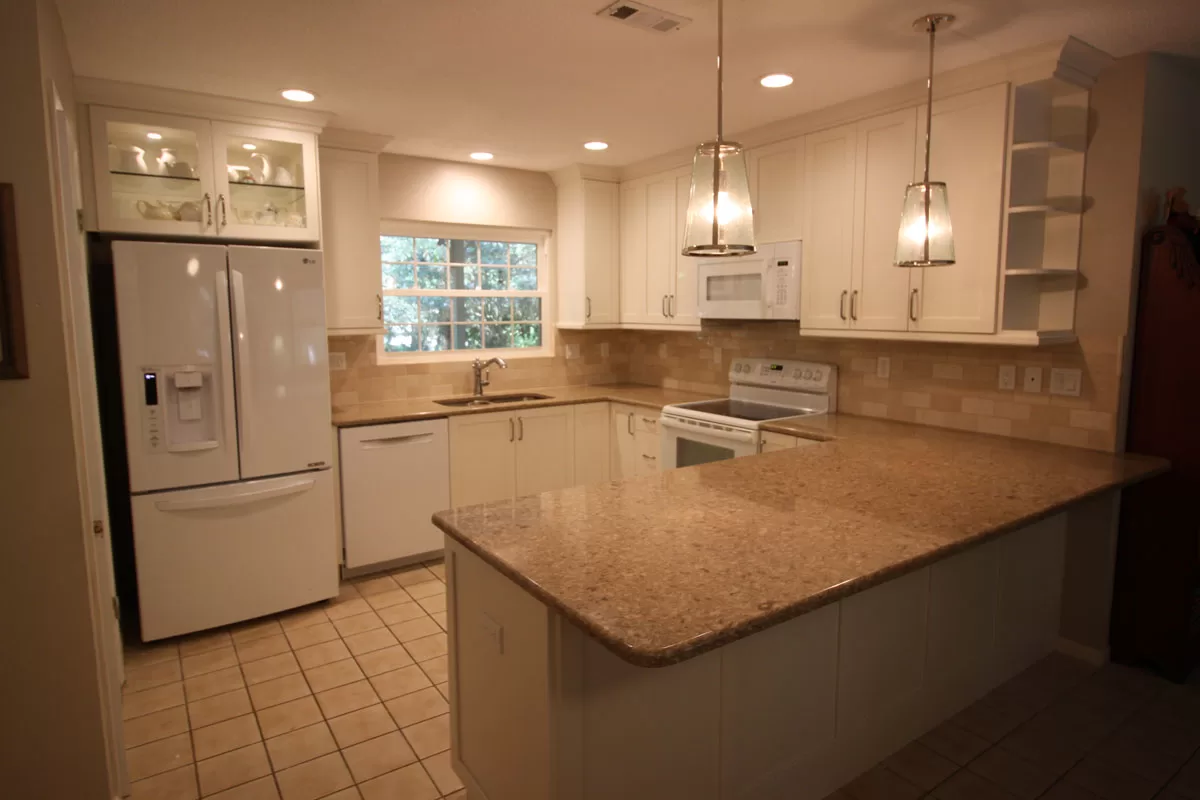
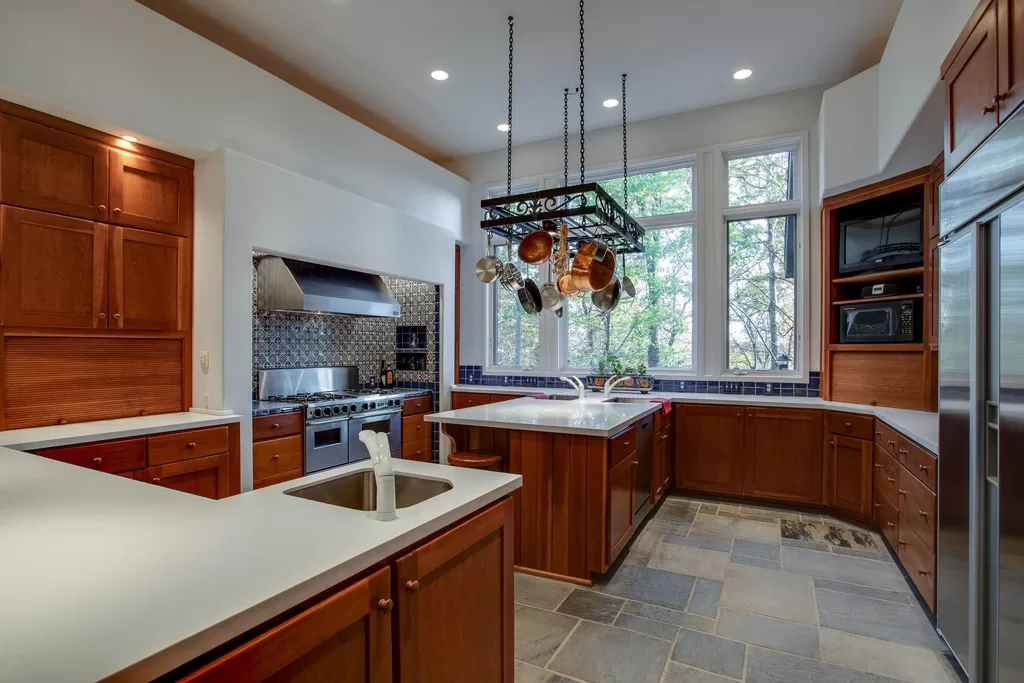
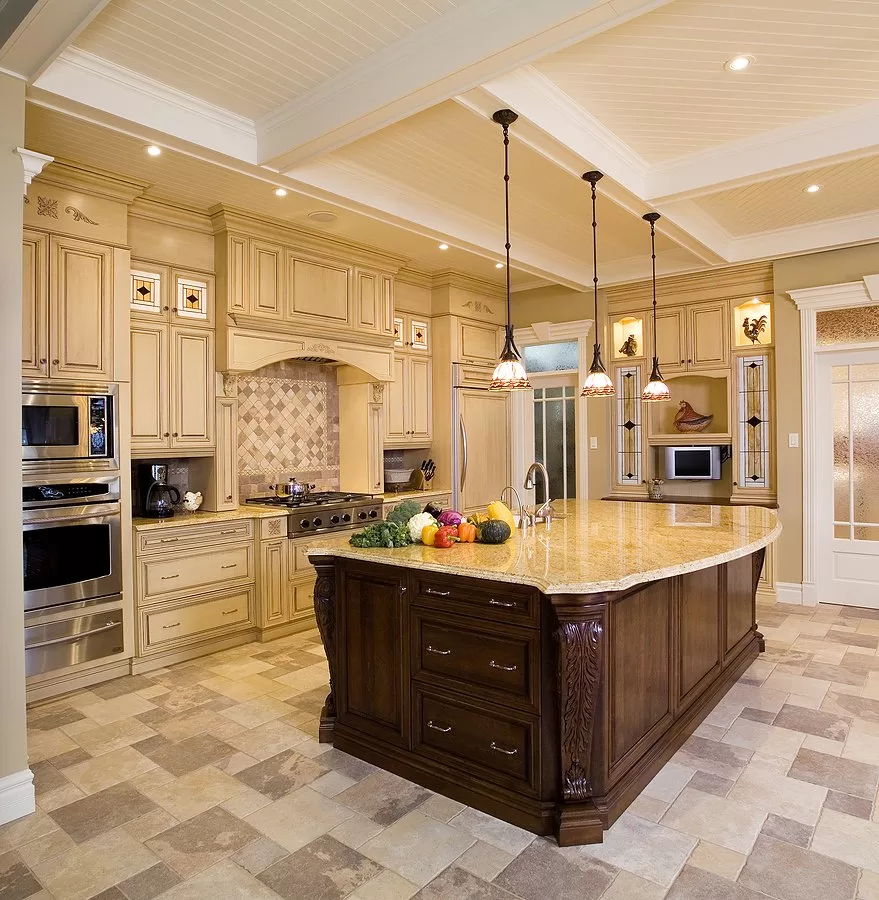
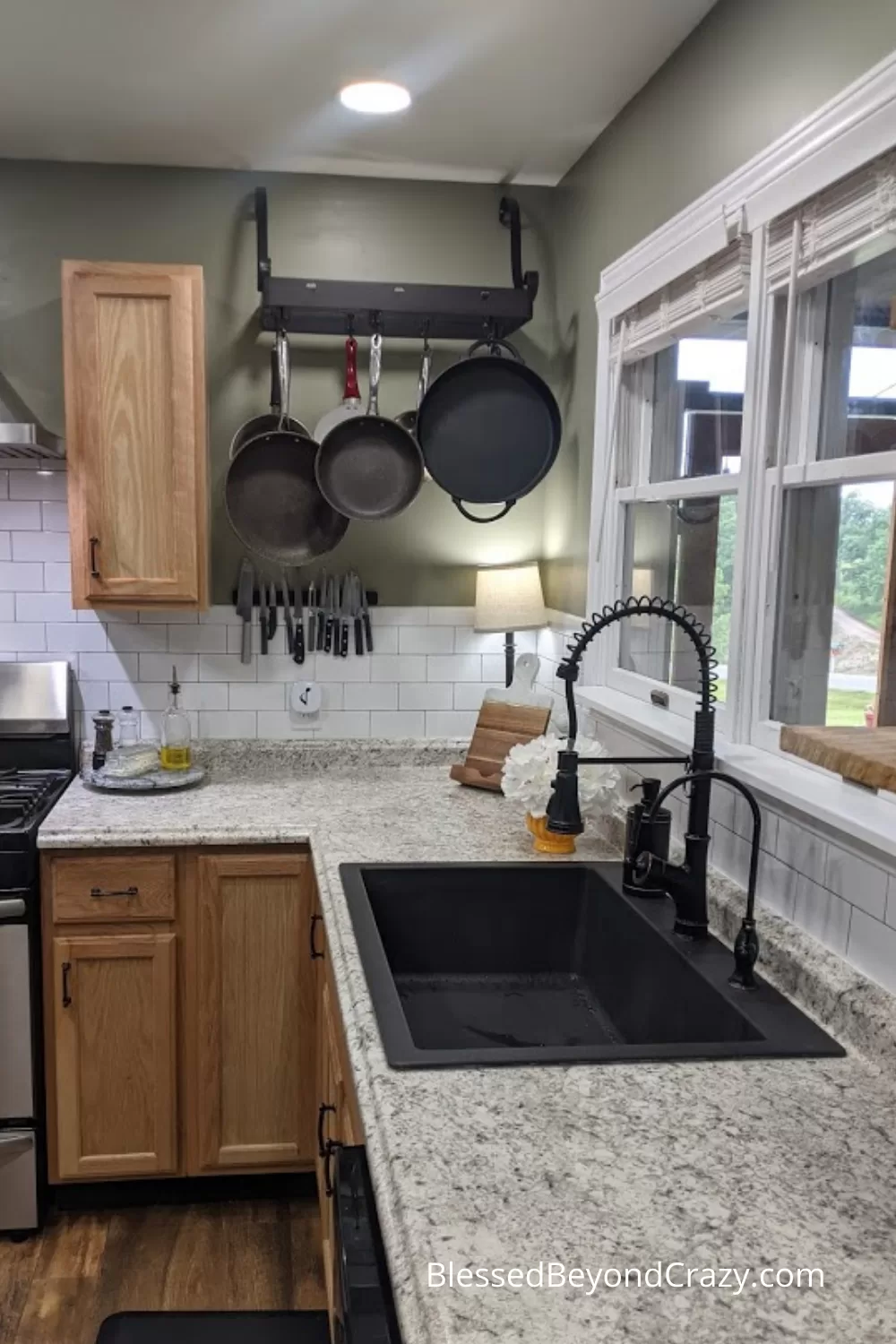
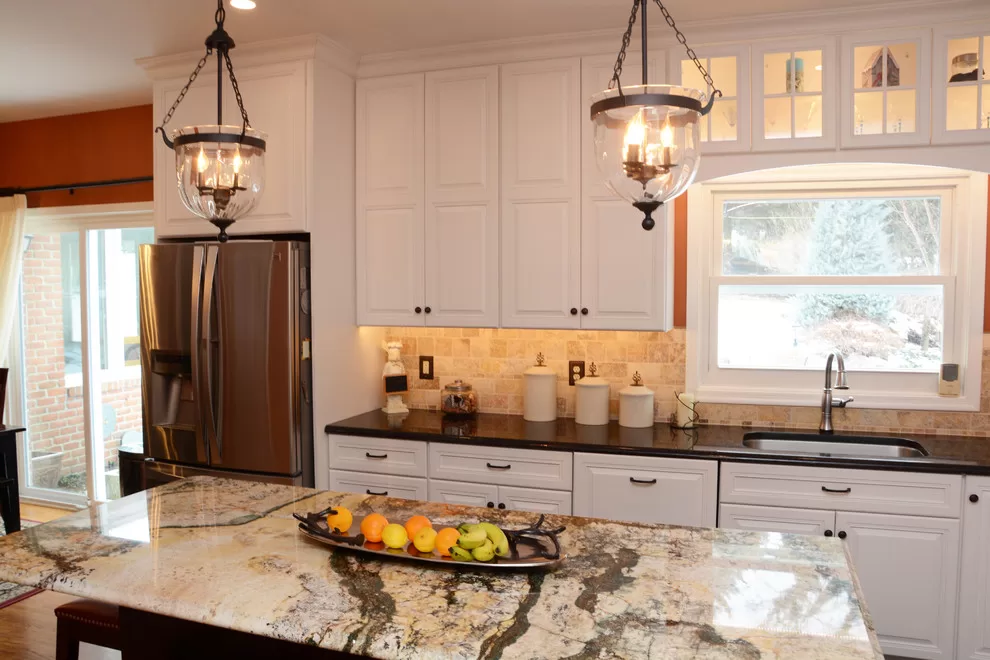
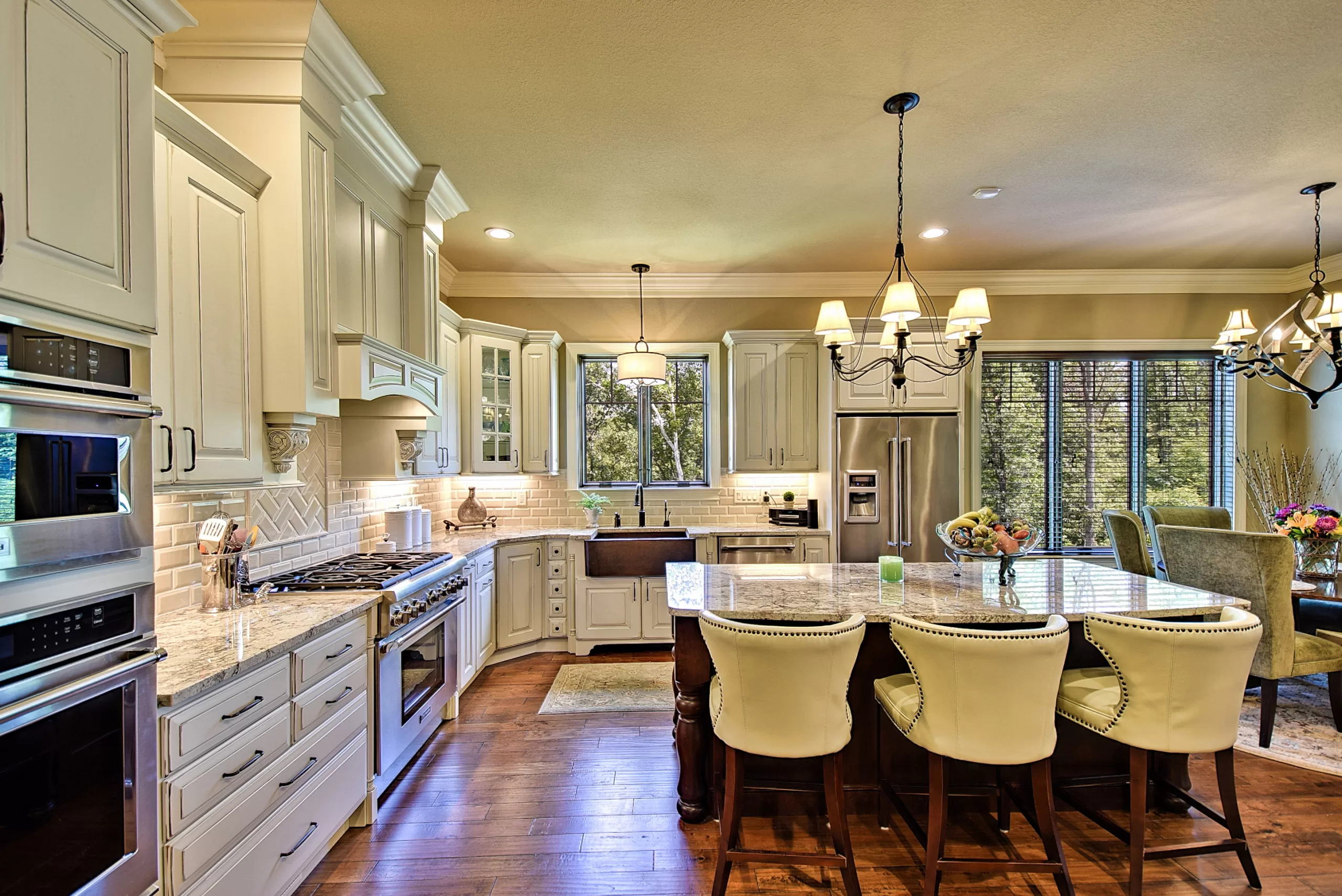

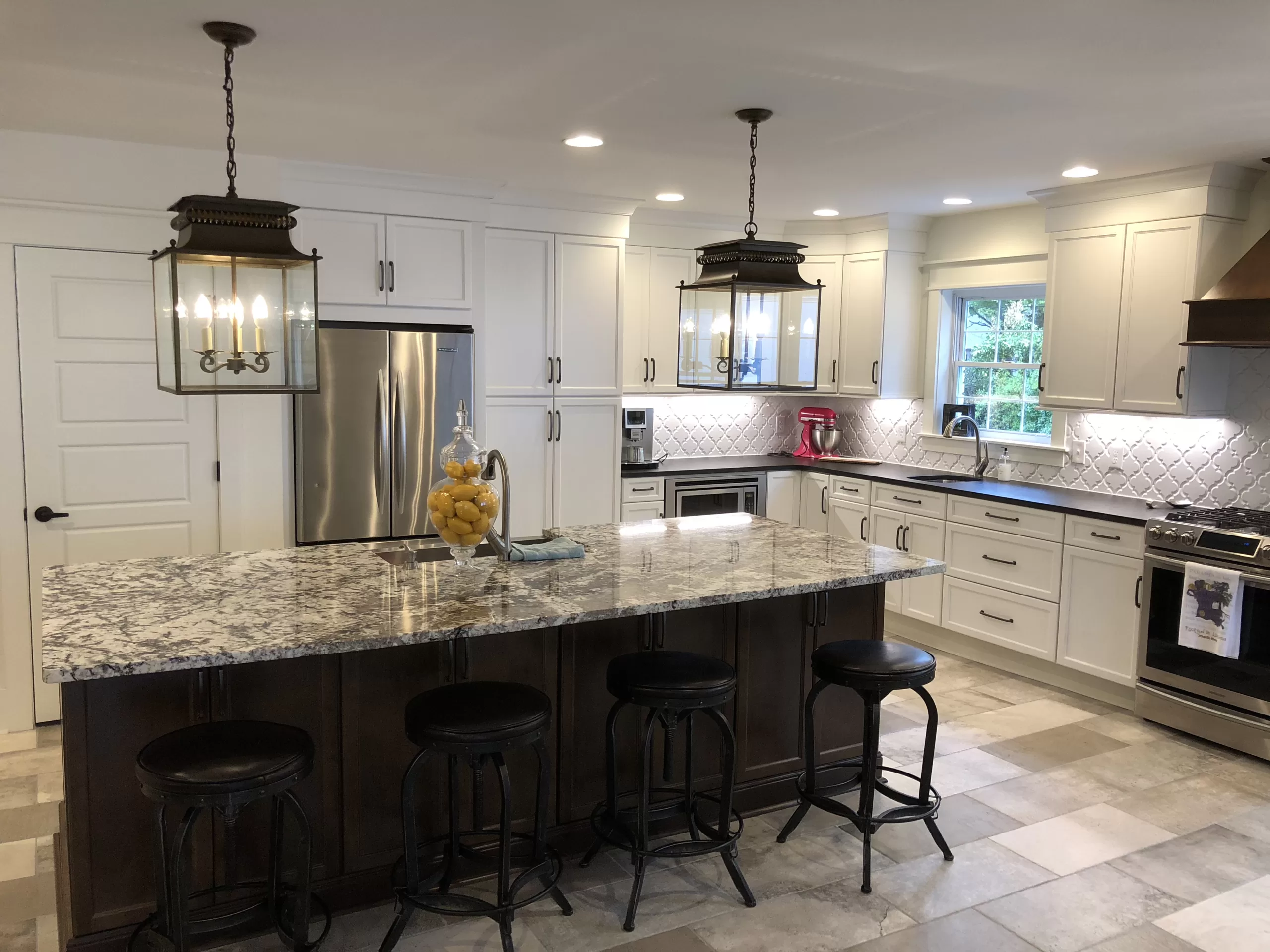
Leave a Reply